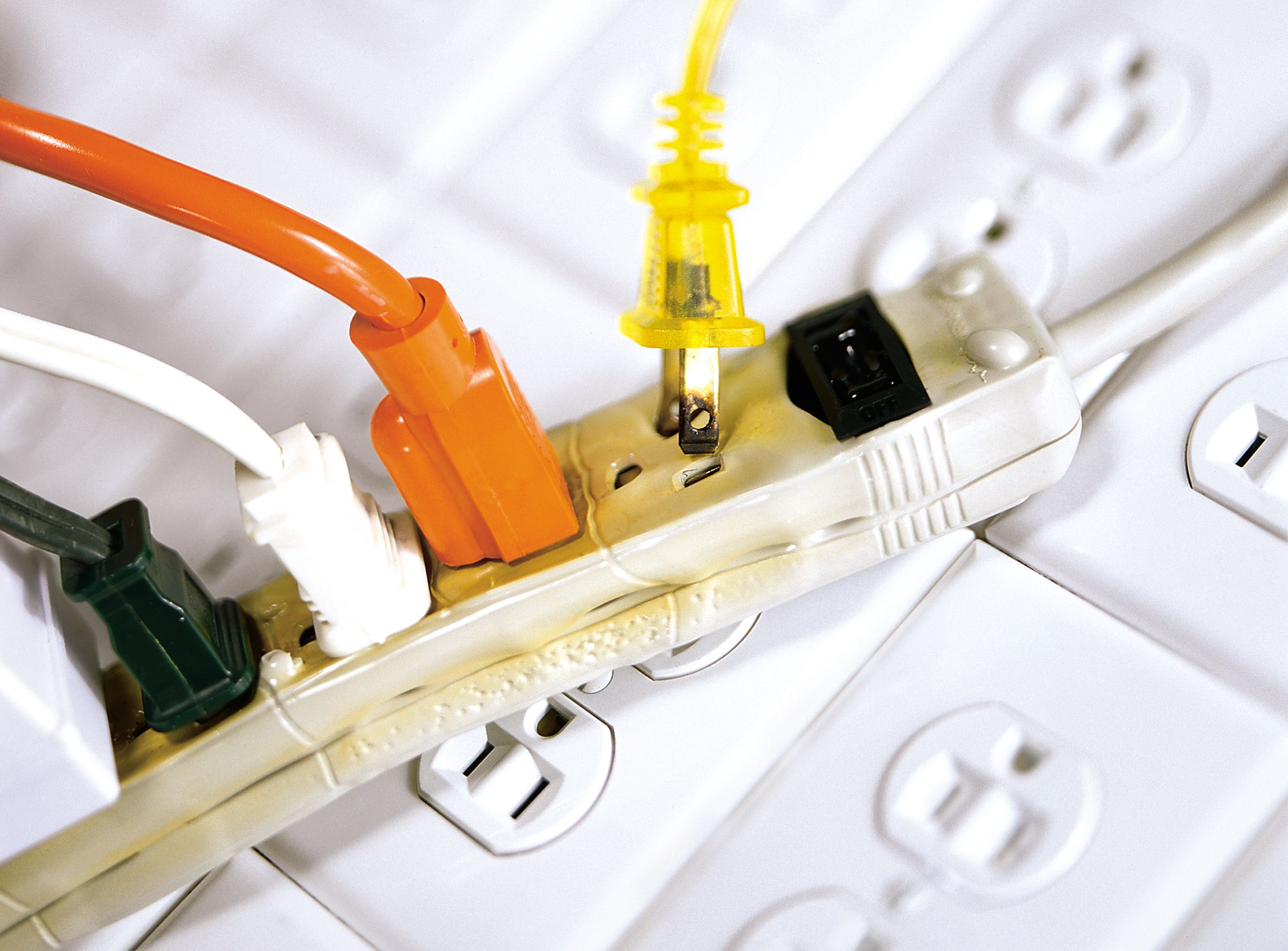Just curious, about to order one unless anyone knows any better brand. New home on the coast and figure spikes are more a reality here. Our last home my neighbor has had his two HVAC units replaced and the company themselves installed two surge suppressors on the outside condenser power supplies which put the thought in my mind.
Anyway, purpose of my post is if anyone uses them or has knowledge of anything better than these two units. Im specifically interested in this style suppressor only. I am very up to date on whole house and individual ones.
They both cost the same $60 ish, both same UL specs


Anyway, purpose of my post is if anyone uses them or has knowledge of anything better than these two units. Im specifically interested in this style suppressor only. I am very up to date on whole house and individual ones.
They both cost the same $60 ish, both same UL specs

